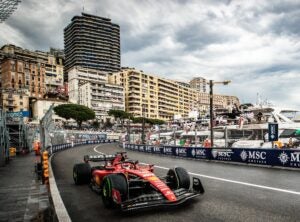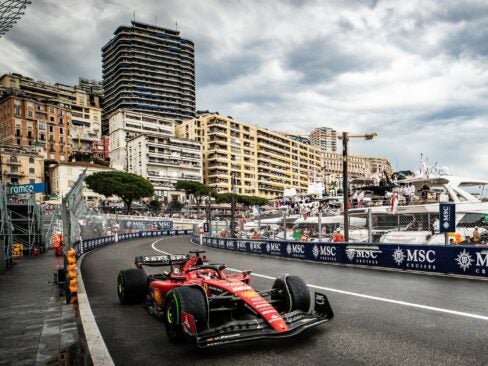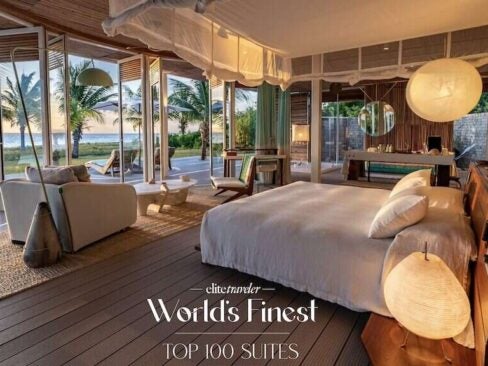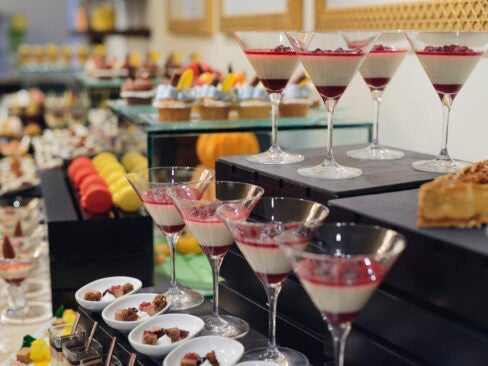Ellis says the tyre company has an army of full-time food inspectors eating ten meals a week. They pay their bills, are anonymous to restaurants and have an experience like any other customer. Establishments under consideration for star ratings receive several visits a year. Inspectors from different countries travel around the world so consistency is maintained across all Michelin Guide areas.
 Michelin’s methodology in deciding its selections has remained the same since 1900 when the first was published in France. Michael Ellis, international director of the guides, explains the process.
Michelin’s methodology in deciding its selections has remained the same since 1900 when the first was published in France. Michael Ellis, international director of the guides, explains the process.
Tried and tested methods
Emphasis is on the food. Inspectors give little consideration to décor or quality of service. They write detailed reports on every meal and restaurant using five criteria: quality of ingredients; flair and skill in preparing ingredients and combining flavors; chef’s personality as revealed through their cuisine; value for money and consistency of culinary standards.
“Those criteria taken together really reflect the quality of cuisine because this methodology is the same whether we’re in Paris, Tokyo or New York. And we’re the only ones who do it on a worldwide basis,” Ellis says.
Evaluations based on these criteria are then compared in “star sessions”. Ellis says he goes to every country where the guides are published. He decides on the final selection with the editor-in-chief and all the inspectors. These meetings go on for several days as they deliberate any changes to the guide. “We go restaurant by restaurant. We go through all the different table evaluations and come up with a collegial agreement on who’s going to keep their stars, who’s going to gain them and who’s going to lose them,” he explains.
This process has been key to Michelin’s longstanding reputation for fine dining guides, according to Ellis. “That formula really gives us the objectivity in both our awarding and removal of stars,” he says.
The star system has been in place since 1933. Michelin says three stars reward “exceptional” cuisine where “distinctive dishes are precisely executed using superlative ingredients”. Two stars denote an “excellent” establishment with “skilfully and carefully crafted dishes of outstanding quality”. One indicates a “very good” restaurant that offers “cuisine prepared to a consistently high standard”.
It’s not only dining enthusiasts who take an interest in ratings. Michelin’s star system can also be useful to chefs wanting to see where they stand among the world’s best. “I think many chefs are artists at heart. They like to have some way of measuring their art against their other fellow artists. We have that mirror and that reflection we cast on what’s happening in the culinary world,” he says.
 Addressing criticism
Addressing criticism
Michelin has faced criticism in recent years about its time-honored evaluation process. There have been allegations that the guides are slow in reacting to developments in different dining scenes. Questions were raised when San Francisco’s State Bird Provisions failed to earn a star in the area’s 2013 Michelin Guide.
The restaurant has now received a star and Ellis explains why. “When we award a star, we want to be sure the restaurant can carry it off over the long run. We needed to make sure that evolution remained at a constant level and State Bird Provisions was able to show us that this year,” he says.
Another criticism revolves around Japan’s total number of Michelin stars. It had 191 in 2008 but held 775 in 2013, leading all other countries. There have been claims that Michelin has skewed its ratings in an effort to boost the profile of its core tire business in the vast Japanese market.
Ellis replies with statistics. He mentions that Japan has 15 times the number of restaurants compared to France – there are over 1.5 million eating destinations in the Asian country as opposed to 100,000 in France.
But the quality is also there. “What’s going on all over Japan is really quite vibrant. The different styles of cuisine, their obsession with product, their obsession with technique – it’s just amazing. It’s a different ball game out there,” he says.
Michelin Guide selections always start from the same principle. “What people will get, and what we’re about, is the food,” Ellis says.








